When planning local water heater installation, homeowners should understand various options like traditional tanks, tankless models (demand heaters), and different fuel types (electric, gas, propane) for efficient choices. Assessing household needs, measuring space, and researching types/ratings are crucial prep steps. DIY installation is possible with proper knowledge but, ideally, consult professionals for safety and tailored solutions. Post-installation checks and annual maintenance extend heater life. Always check local regulations, permits, and guidelines to avoid legal issues during installation.
Water heater installation is a crucial task that requires careful consideration and expertise. Whether you’re replacing an old unit or installing a new one, understanding your local options and assessing your home’s specific water heating needs is essential. This comprehensive guide walks you through the entire process, from preparing for installation to post-setup maintenance, ensuring a smooth transition to efficient hot water heating. Learn how to navigate local regulations and avoid common mistakes to ensure compliance and optimal performance.
Understanding Your Local Water Heater Options

When considering local water heater installation, understanding your options is key. The market offers a diverse range of water heaters designed to cater to various needs and preferences. From traditional tank-style heaters to energy-efficient tankless models, each has its advantages. Tank heaters store hot water, ensuring a consistent supply, while tankless ones heat water on demand, reducing energy usage.
In terms of fuel type, you can choose between electric, gas, or propane heaters. Electric heaters are environmentally friendly but may increase your electricity bills. Gas heaters provide faster heating and are cost-effective for smaller households, whereas propane heaters offer flexibility and are suitable for remote areas without access to natural gas lines. Understanding these options allows homeowners to make informed decisions when planning their water heater installation.
Assess Your Home's Water Heating Needs
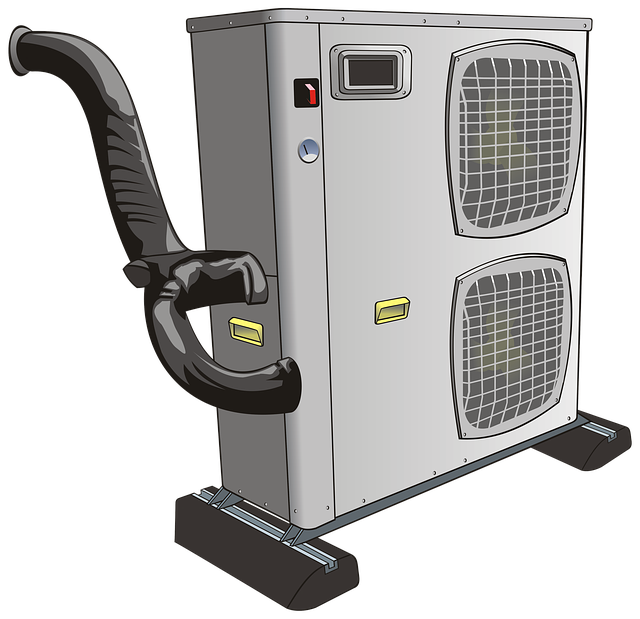
Before diving into local water heater installation, it’s crucial to assess your home’s specific water heating needs. Factors like the number of occupants, daily hot water usage, and existing plumbing infrastructure play a significant role in determining the appropriate tank size and type for your household. For instance, larger families or homes with high hot water demand might require more substantial tanks or even tankless systems that heat water on-demand to efficiently meet their needs.
This initial evaluation ensures not only optimal performance but also cost-effectiveness. Insufficient heating capacity can lead to frequent temperature fluctuations and increased energy bills, while an oversized system wastes energy and money. By understanding your home’s requirements, you can make an informed decision when consulting with local water heater installation professionals.
Preparing for Installation: What to Know Beforehand
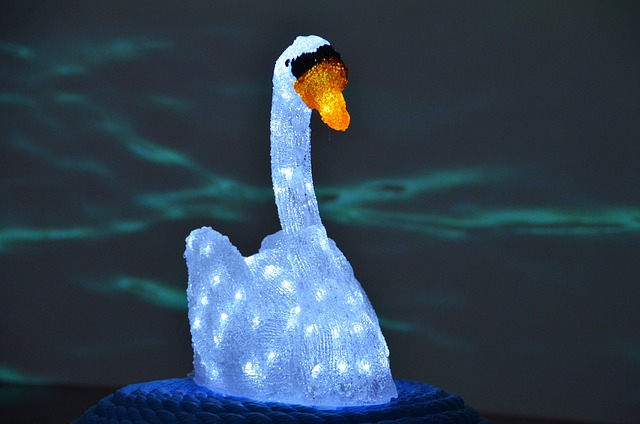
Before embarking on local water heater installation, it’s crucial to prepare for the process. First, assess your space to ensure it can accommodate the new heater. Measure the existing water lines and electrical connections, comparing them against the specifications provided by the manufacturer of the new water heater. This step is vital to avoid any last-minute hiccups or the need for costly modifications.
Additionally, familiarize yourself with the different types of water heaters available, such as tank and tankless models, to choose one that best suits your household’s needs. Researching energy efficiency ratings and safety features will also empower you to make an informed decision. Remember that proper preparation can significantly enhance the installation process, ensuring a smoother transition to your new water heater.
Step-by-Step Guide to Water Heater Installation
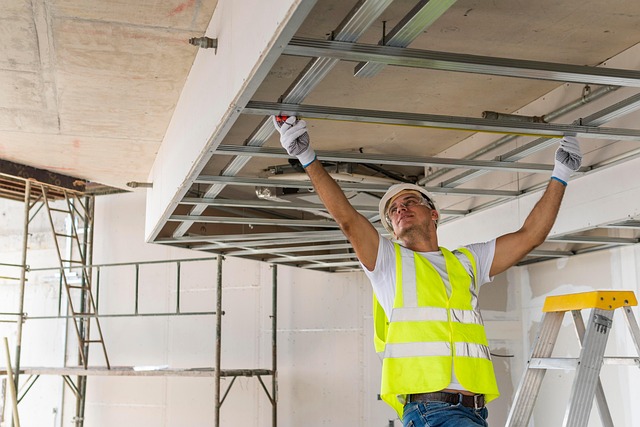
Installing a water heater is a task that many homeowners can take on with the right tools and guidance. Here’s a step-by-step guide to help you through the process:
1. Prepare for Installation: Turn off the water supply valve located at your main water shut-off point, typically near the street or in a utility room. Then, drain the existing hot water heater by opening the relief valve on the tank until all water has been released. Remove the old heater with care, ensuring no leaks remain from the process.
2. Select and Prepare New Heater: Choose an appropriate replacement based on your household size and hot water usage. Once selected, place it in position, ensuring it’s level and secure. Connect the cold water inlet to the new heater, then attach the hot water outlet to a suitable location, like a plumbing fixture or a recirculation pipe if available. Next, reconnect the water supply valve, turning it on slowly to check for any leaks.
Common Mistakes to Avoid During Installation
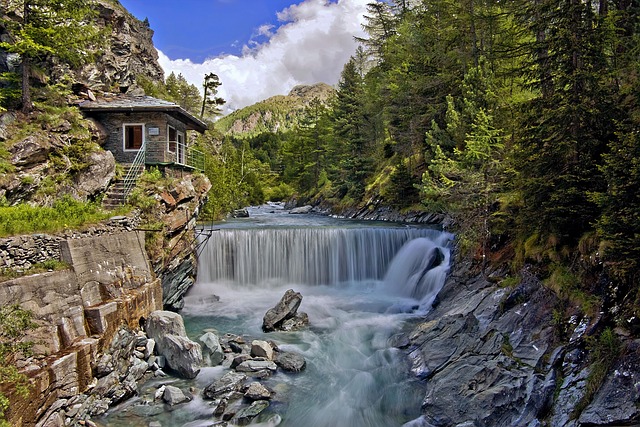
When installing a local water heater, there are several common mistakes that homeowners often make. One of the biggest is attempting to install it without proper knowledge or experience. Water heater installation requires specific skill sets and adherence to safety protocols. Attempting to DIY this project can lead to serious injuries or even damage to your property.
Another mistake to avoid is neglecting to consider factors like energy efficiency, size, and type. Each home has unique needs, and selecting an inappropriate water heater can result in inefficient heating, higher energy bills, and potential environmental impact. Always consult professionals who can guide you through the process, ensuring a safe, effective, and eco-friendly water heater installation.
Post-Installation Checks and Maintenance Tips

After a successful water heater installation, it’s crucial to perform several post-installation checks and establish a maintenance routine. Begin by ensuring the new heater is functioning properly; test the temperature settings, and check for any leaks around connections and pipes. Verify that the heater’s pilot light is lit and stable (if applicable).
Regular maintenance is key to extending the life of your water heater. This includes scheduling annual inspections, cleaning the heater’s insulator and drain valve, and checking the pressure relief valve. Keep an eye on any unusual noises or odd smells, as these could indicate potential issues. Staying proactive with maintenance will not only ensure optimal performance but also help prevent costly breakdowns.
Local Regulations and Permits for Water Heater Installation
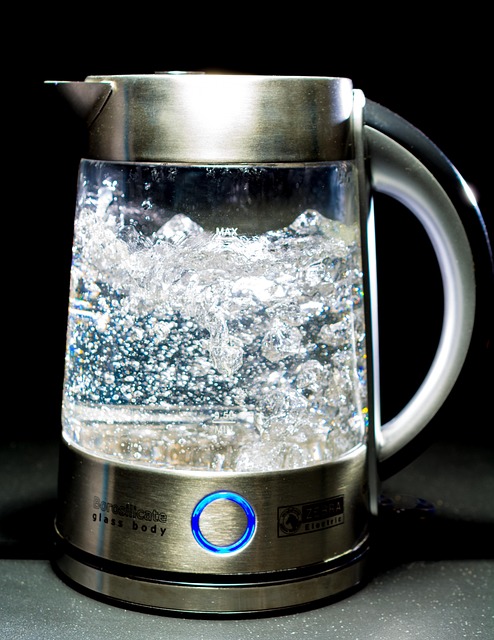
Before starting any water heater installation, it’s crucial to familiarize yourself with local regulations and permit requirements. These guidelines are in place to ensure safe and efficient plumbing practices while protecting public health and safety standards. Every municipality has its own set of rules and codes governing such installations, so checking with your local building department is the first step. You’ll want to understand the specific types of water heaters permitted, their size restrictions, energy efficiency standards, and any additional safety measures needed.
Obtaining the necessary permits is a critical aspect of legal and safe installation. Permits ensure that your project complies with local laws, allowing you to avoid potential fines or disruptions later. The process typically involves submitting an application detailing your planned installation, along with relevant plans and specifications. Once approved, you’ll receive a permit, which serves as authorization for your work. Following these regulations not only ensures a smooth installation process but also contributes to a well-regulated and safe community.
